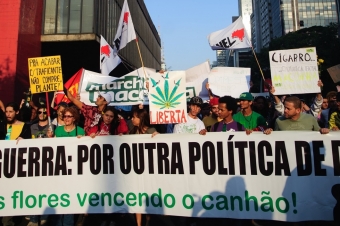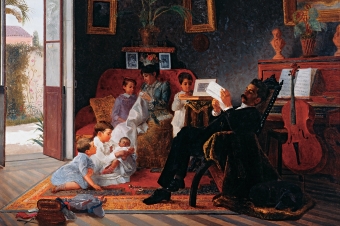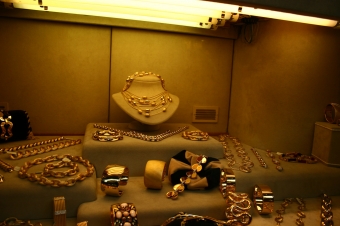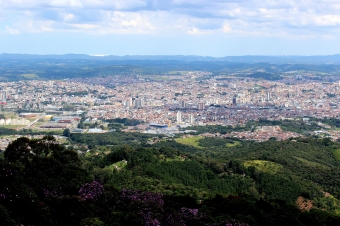Summary:
From the documentary À Margem do Corpo, by Débora Diniz, the students undertake a debate and a written individual exercise to reflect about the crime as a political decision historically determined. The opinion of students is tabbed to understand the different views within the class itself. The activity works critical thinking ability, and oral and written expression.
Objective:
- GENERAL GOALS: to introduce the course of Crime and Society, taught to students of the first year of the degree course in Law. Initially, it should be working "the fact to the crime": the criminalization as a political decision historically determined. Then, it should treat "the crime penalty": the internal dynamics of the criminal justice process and their interactions with other social actors.
- SPECIFIC GOALS: The goal of the activity is to make students realize the existence of legally relevant issues on both sides, both in the life’s scripts to which they attributed the practice of different crimes, and in the institutions of the criminal justice system that work on them. - The activity aims to develop oral and written expression skills, as well as the exercise of detachment and reflection about the operation of the criminal justice system (critical thinking).
Dynamics:
- TEACHING METHOD: debate, critical reading and problem-based learning.
- REQUIREMENTS: the activity was an introduction to the course.
- INTRODUCTION TO THE DYNAMICS: The students watched, in class, the documentary À Margem do Corpo, by Deborah Diniz (2006), available at http://vimeo.com/6117113. - DEVELOPMENT OF THE DYNAMICS: After the film, the students debated about its contents. From the movie, the professor could handle all the way that the students would travel along the course as well as the involvement of a number of actors in the problem, such as authorities, the health system members, witnesses, etc. In addition, the documentary made it possible to work with more than one criminal type - abortion, rape, infanticide. The students listed the issues identified from the film, which were classified by the professor as (1) problem situation, (2) criminalization, (3) operation of the organs of the justice system and (4) the relationship between science and religion right (as educational note and exercise Part 1 attached). At the next class, students individually responded to questions related to facts, institutions and characters (exercise part 2 attached). With the exercises, students could realize that there are many components and interests in the game regarding to criminal law, and the definitions of the legal field are subject to disputes of several kinds.
- END OF THE DYNAMICS: the professor has developed a framework from the different perceptions of students and worked with them the different views in class (example in the attached presentation).
- ATTTENTION IN THE CLASS: dealing with sensitive issues, the driving of the debate was more demanding and sought to ensure that very divergent views could be expressed and debated
Evaluation:
- FEEDBACK: the professor gave a written evaluation of the performance of each student.
- GRADE EVALUATION: the activity composed the score of participation and the exercising course grade. The course grade was composed by 35% of exercises, 30% by a group work (see table "Problems Legal concrete in audiovisual format") and 35% for the participation grade. The last one consisted of a self-assessment, highlighted in the debate on placements based on reading and interconnections of the several readings and seminar presentations.
Observation:
The lesson should be given early in the course because it brings a few introductory questions. Ideally, the debate is done with a smaller number of students, although this amount is indifferent to the writing exercise.
Copyright from the cover page image (cropped):
Image: "Una "rete" di rami all'Arte Sella", of 2008, available by the Wikimedia Commons user "Pava", user own picture, under the Creative Commons BY-SA 3.0 license.






